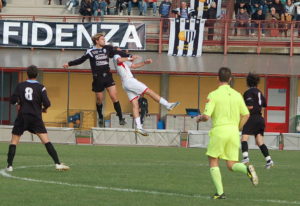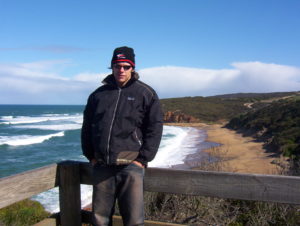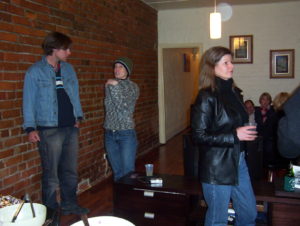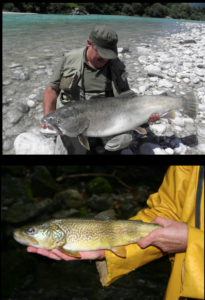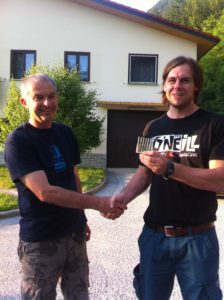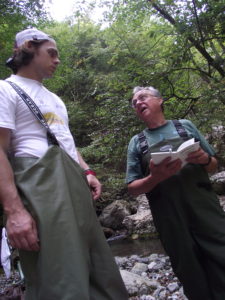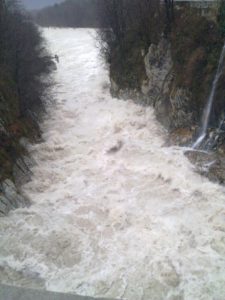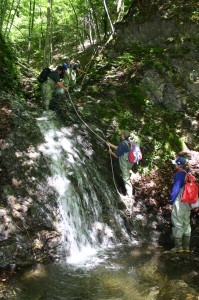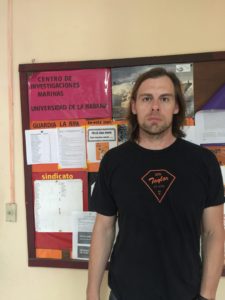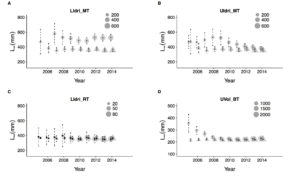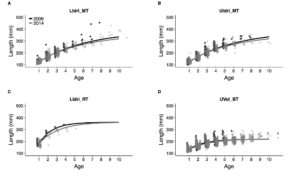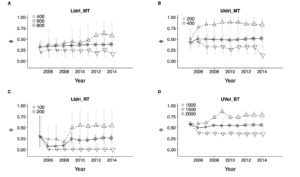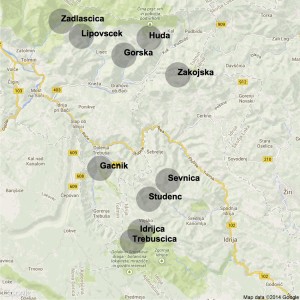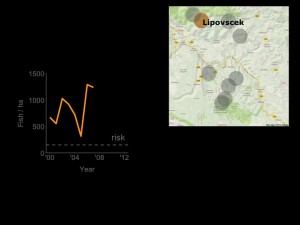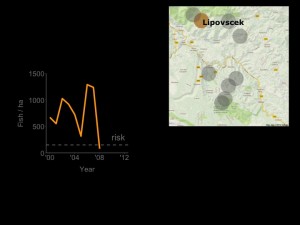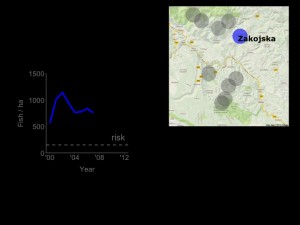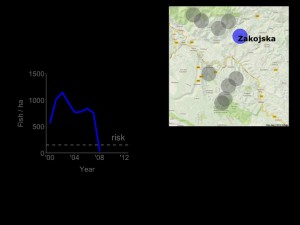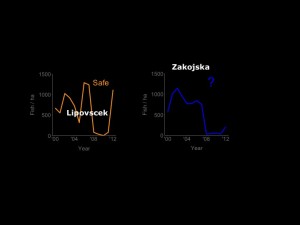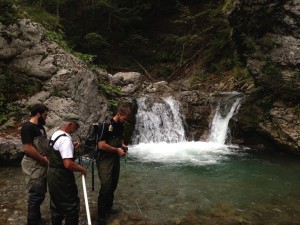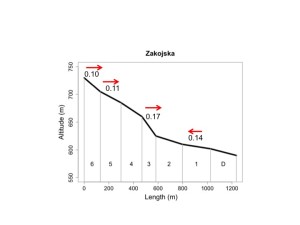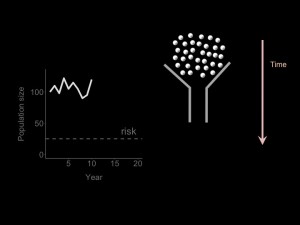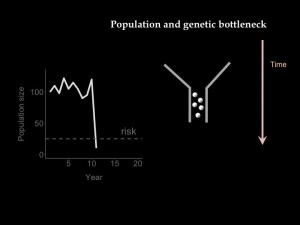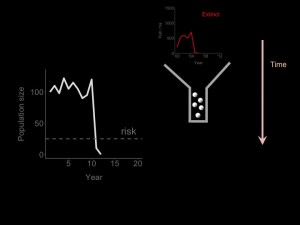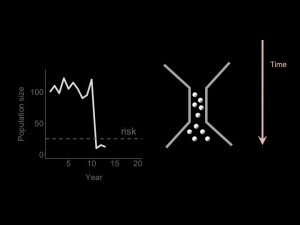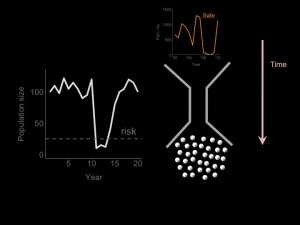I occasionally write some notes on books I have been reading. On a lazy Sunday, I read the recently published "Stealing Fire: How Silicon Valley, the Navy SEALs, and Maverick Scientists Are Revolutionizing the Way We Live and Work" by Steven Kotler and Jamie Wheal and here are my observations (the two authors have recently been guests on some of my favorite podcasts too).
The book might be decently interesting for people new to "altered states of consciousness" or "flow states", but for people like me who have been interested in altered states of consciousness, bio-feedback, movement and other tools or practices to better oneself for years (I am in the process of writing a book on autogenic training and I bought my first neuro-feedback apparatus more than 10 years ago), the book fell quite short of expectations. But it convinced me to go forward with my book, so I am not complaining too much.
The organization of the book is the one typical of non-fiction books published nowadays. You start with some anecdotes on either a single mother of 4 who's struggling to make ends meet or with some edgy Silicon Valley entrepreneur who feels a lack of motivation, is re-defining culture in the workplace, or wants to make more money while - ça va sans dire - making the world a better place. And why not, let's throw at the issue the occasional Navy Seal (am I the only one bored to death by the glorification of Special Forces?) or elite athlete involved in some obscure sport. Then, you talk about some innovative thinker (often a maverick scientist) who has in wonderful ideas what she lacks in social skills and voilà! here's the new, disruptive hypothesis on some mechanism, process, or idea whose application can better your life, save the world, or, in some not-so-rare cases, do both. Maybe that's what is needed nowadays to appeal to college-educated people who like to post platitudes or feeling-good stories on social media, but I am quite confident that in ten years very little will remain of these grab-some-money-as-soon-as-possible largely anecdotal books.
Thumbs up to the authors for including a “A Quick Note on Inside Baseball” section at the end of the book, in which they give additional details on some of the controversial aspects of the research on states of consciousness, point out that what now are experimental practices fancied by the elites will likely trickle down and reach the poor masses (Soylent anyone?) or that maybe Navy Seals are slightly exaggerating their claims. At the same time, if the reliability of up to 70% of fMRI studies should be questioned, at least one-third of the book should be deleted. Then, the authors don't discuss other questionable, when not downright disproven, research, such as Amy Cuddy and colleagues' research on the "power pose" (which was bogus also on common-sense grounds) or other research on priming effects, which have largely failed to be replicated.
What is evident after reading dozens of these Gladwellian books is that, when writing or discussing science, there are no substitutes for many years of formal study, statistical and quantitative knowledge, and a healthy dose of common sense, which is disappearing from the world faster than good manners. The now-popular broad, edgy, sometimes global thinker typically knows very little of value across many subjects (with the exception of Vaclav Smil, of course), but apparently the world is more interested in "inspiration" than in observations that make a bit of sense. For instance, the authors wrote: “Given that the percentage gains in performance from ecstasis range from 200 to 500 percent [...]”. What are we talking about when we talk about "performance"? Throwing percentage around like darts in a pub may impress the casual reader and help selling diet books when the bikini season is looming, but make the educated reader cringe a bit.
A very interesting topic, poorly treated.
Some excerpts here below.
When we say ecstasis we’re talking about a very specific range of nonordinary states of consciousness (NOSC)—what Johns Hopkins psychiatrist Stanislav Grof defined as those experiences “characterized by dramatic perceptual changes, intense and often unusual emotions, profound alterations in the thought processes and behavior, [brought about] by a variety of psychosomatic manifestations, rang[ing] from profound terror to ecstatic rapture . . . There exist many different forms of NOSC; they can be induced by a variety of different techniques or occur spontaneously, in the middle of everyday life.”
But once we get past the narrative wrapping paper—what researchers call the “phenomenological reporting”—we find four signature characteristics underneath: Selflessness, Timelessness, Effortlessness, and Richness, or STER for short.
When you think about the billion-dollar industries that underpin the Altered States Economy, isn’t this what they’re built for? To shut off the self. To give us a few moments of relief from the voice in our heads.
So, when we do experience a non-ordinary state that gives us access to something more, we feel it first as something less—and that something missing is us. Or, more specifically, the inner critic we all come with: our inner Woody Allen, that nagging, defeatist, always-on voice in our heads. You’re too fat. Too skinny. Too smart to be working this job. Too scared to do anything about it. A relentless drumbeat that rings in our ears.That’s Kegan’s point. When we are reliably able to make the subject-object shift, as he points out in his book In Over Our Heads, “You start . . . constructing a world that is much more friendly to contradiction, to oppositeness, to being able to hold onto multiple systems of thinking. . . . This means that the self is more about movement through different forms of consciousness than about defending and identifying with any one form.
When our attention is focused on the present, we stop scanning yesterday for painful experiences we want to avoid repeating. We quit daydreaming about a tomorrow that’s better than today. With our prefrontal cortex offline, we can’t run those scenarios. We lose access to the most complex and neurotic part of our brains, and the most primitive and reactive part of our brains, the amygdala, the seat of that fight-or-flight response, calms down, too.
What looks inevitable in hindsight is often invisible with foresight.
Eight out of ten of us are disengaged or actively disengaged at work, despite the HR circus of incentive plans, team-building off-sites, and casual Fridays.
In a culture supposedly ruled by the pursuit of money, power, prestige, and pleasure,” Csikszentmihalyi wrote in Beyond Boredom and Anxiety, “it is surprising to find certain people who sacrifice all those goals for no apparent reason. . . . By finding out why they are willing to give up material rewards for the elusive experience of performing enjoyable acts we . . . learn something that will allow us to make everyday life more meaningful.
Across the board, from education to health care to business, motivational gaps cost us trillions of dollars a year. We know better; we just can’t seem to do better. But we can do better. Effortlessness upends the “suffer now, redemption later” of the Protestant work ethic and replaces it with a far more powerful and enjoyable drive.
It’s the same physical world, same bits and bytes, just different perception and processing. But the cascade of neurobiological change that occurs in a non-ordinary state lets us perceive and process more of what’s going on around us and with greater accuracy. In these states, we get upstream of our umwelt. We get access to increased data, heightened perception, and amplified connection. And this lets us see ecstasis for what it actually is: an information technology. Big Data for our minds.
Second, we have very little success training people to be more creative. And there’s a pretty simple explanation for this failure: we’re trying to train a skill, but what we really need to be training is a state of mind.
Throw money, people, or time at any of these and you may fix a symptom, but you create additional problems: financial aid to the developing world, for example, often breeds corruption in addition to its intended relief; adding more lanes to the highway encourages more drivers and more gridlock; fighting wars to make the world safer can make it more dangerous than ever.
As Buddhist scholar Alan Watts put it, ‘Western scientists have an underlying assumption that normal is absolutely as good as it gets and that the exceptional is only for saints, that it is something that cannot be cultivated.’
If those trauma studies demonstrated that a few instances of ecstasis can help mend what’s broken, then what happens if we deploy these techniques repeatedly, over the course of a lifetime? Can recurring access to these states really “nurture what is best within ourselves?” Can they, as Alan Watts suggested, be used to “cultivate the exceptional”?
What Newberg discovered is that extreme concentration can cause the right parietal lobe to shut down. “It’s an efficiency exchange,” he explains. “During ecstatic prayer or meditation, energy normally used for drawing the boundary of self gets reallocated for attention. When this happens, we can no longer distinguish self from other. At that moment, as far as the brain can tell, you are one with everything.”
By treating the mind like a dashboard, by treating different states of consciousness like apps to be judiciously deployed, we can bypass a lot of psychological storytelling and get results faster and, often, with less frustration.
It’s why the SEALs say “you don’t ever rise to the occasion, you sink to your level of training” and then proceed to overtrain for every scenario possible.
